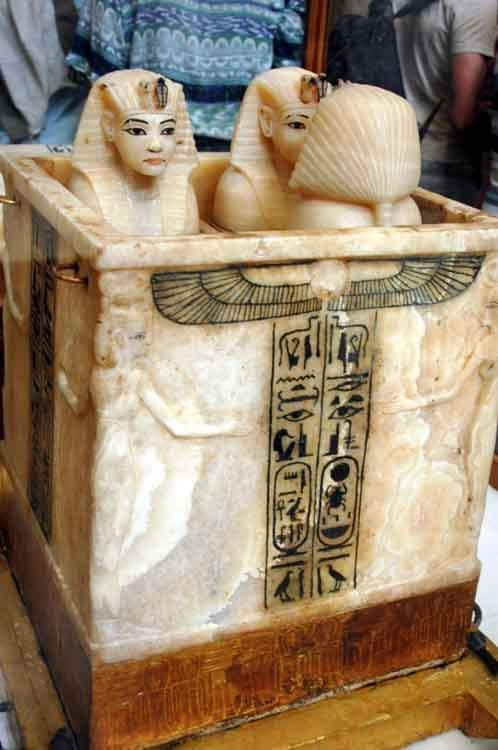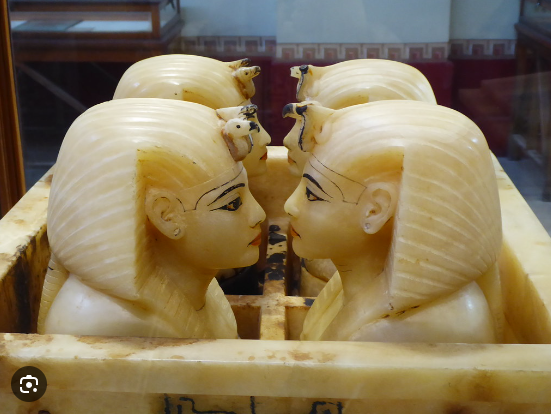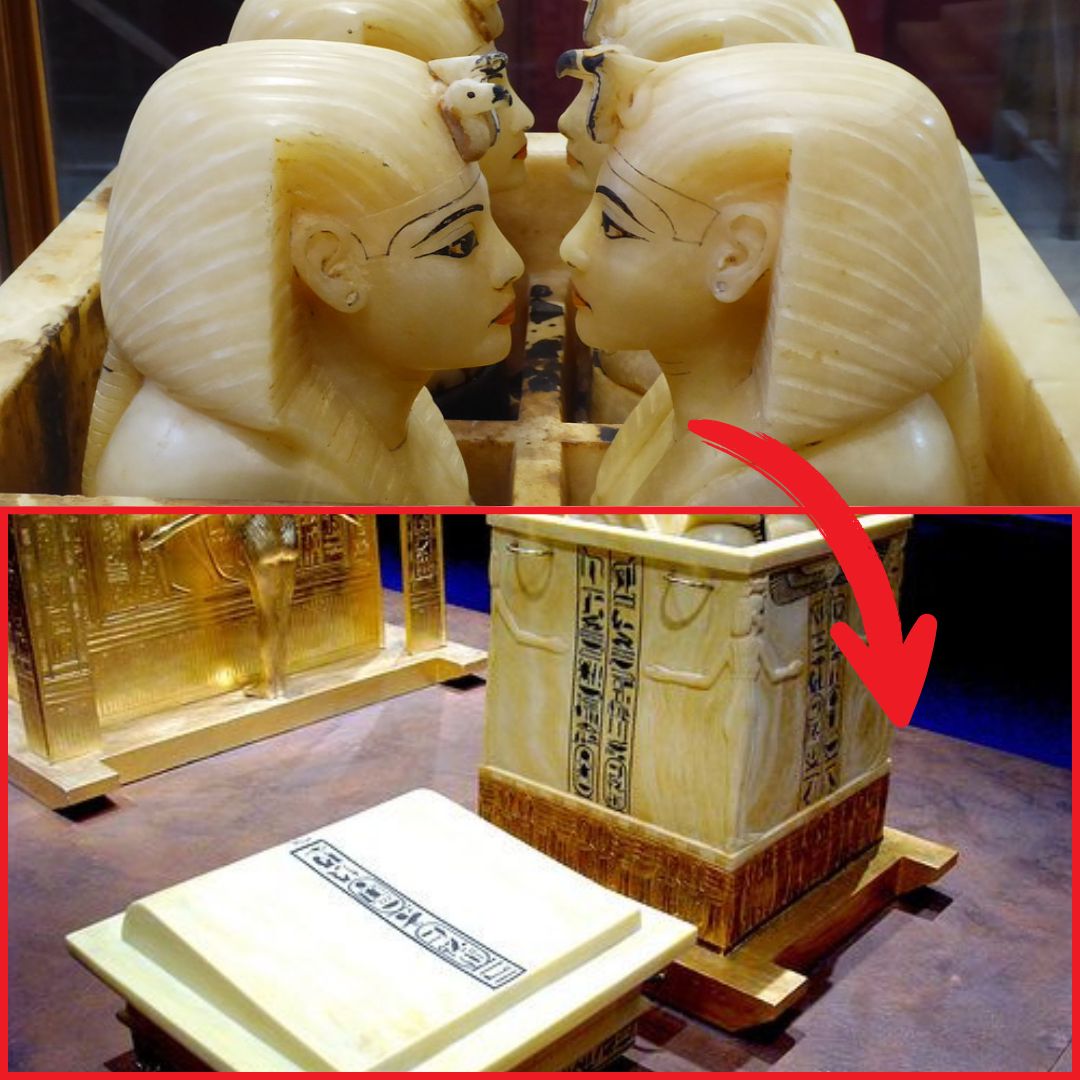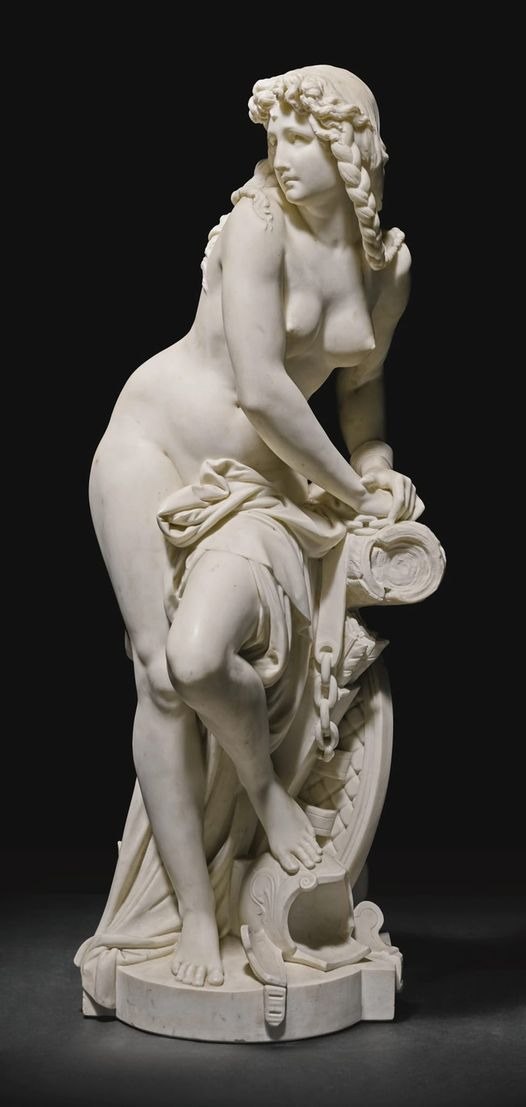A Glimpse into Ancient Egypt’s Royal Treasury
In the annals of history, few treasures evoke as much fascination and wonder as those unearthed from the tomb of the boy king, Tutankhamun. Among the exquisite artifacts discovered in his burial chamber, the canopic chest stands out as a masterpiece of ancient craftsmanship. Crafted from alabaster, this chest served as a repository for the organs of the young pharaoh, offering a glimpse into the sacred rituals and beliefs of ancient Egypt.Crafted from alabaster, this chest is not only a testament to the artistic skill of ancient artisans but also a window into the funerary practices and beliefs of one of Egypt’s most famous pharaohs. Join us on a journey as we explore the beauty and mystery of this remarkable artifact.

King Tutankhamun’s canopic chest
The Splendor of Tutankhamun’s Canopic Chest
Tutankhamun’s canopic chest is a testament to the skill and artistry of ancient Egyptian craftsmen. Carved from a single block of alabaster, the chest is adorned with intricate hieroglyphics and elaborate motifs, depicting scenes from Egyptian mythology and religious iconography. Each detail is meticulously crafted, reflecting the reverence and care with which the ancient Egyptians prepared for the afterlife. The chest is divided into four compartments, each containing a jar that once held the preserved organs of the pharaoh.
Its four compartments were originally intended to house the organs of the deceased pharaoh, each protected by a lid adorned with the likeness of one of the four sons of Horus—guardians of the internal organs in ancient Egyptian mythology.

Unveiling the Symbolism
The canopic chest held deep symbolic significance in ancient Egyptian funerary practices. The four jars housed within the chest were used to store the pharaoh’s liver, lungs, stomach, and intestines, which were removed during the mummification process. Each jar was topped with a lid depicting one of the four sons of Horus, Egyptian deities tasked with protecting the organs of the deceased. These protective deities were believed to safeguard the pharaoh’s organs in the afterlife, ensuring his eternal well-being and resurrection.
Legacy and Significance
Tutankhamun’s canopic chest is not only a stunning work of art but also a valuable historical artifact that sheds light on the religious beliefs and practices of ancient Egypt. The chest serves as a tangible link to the past, offering insights into the rituals and customs surrounding death and the afterlife in ancient Egyptian society. Its discovery has captivated scholars and enthusiasts alike, deepening our understanding of one of the most enigmatic figures in history, King Tutankhamun.










